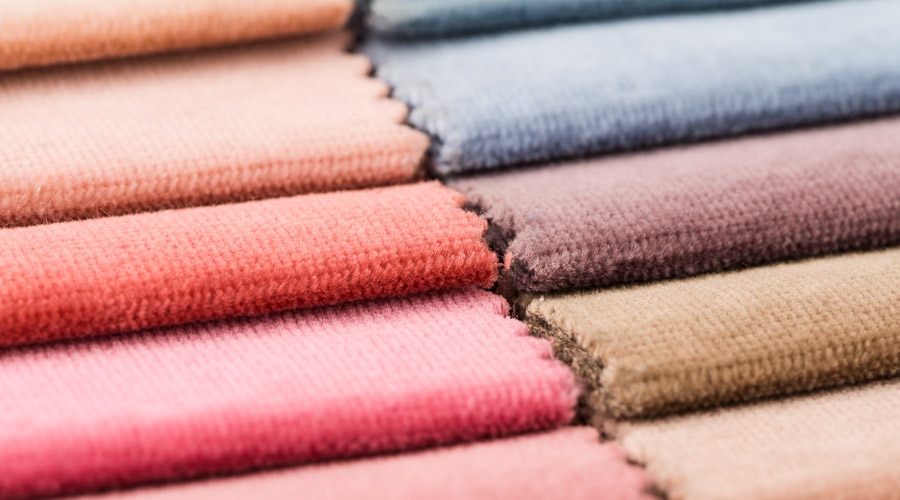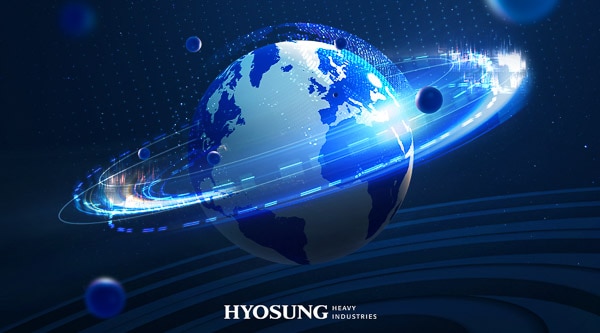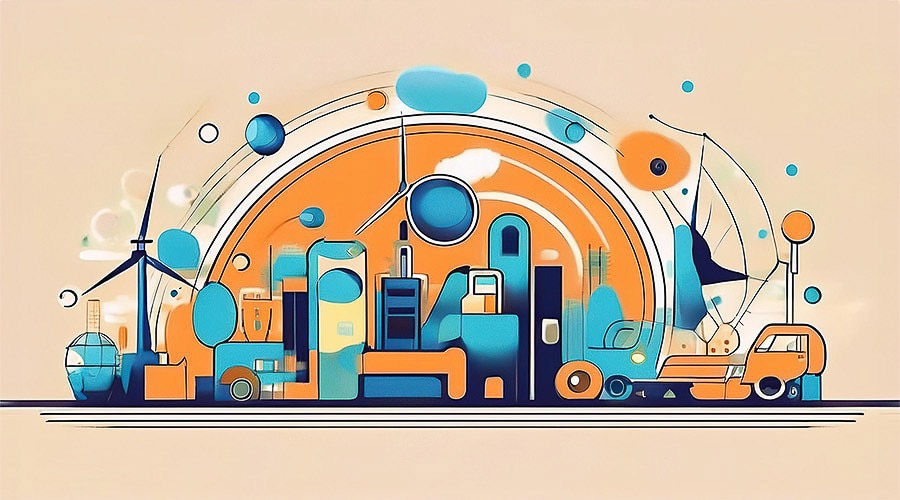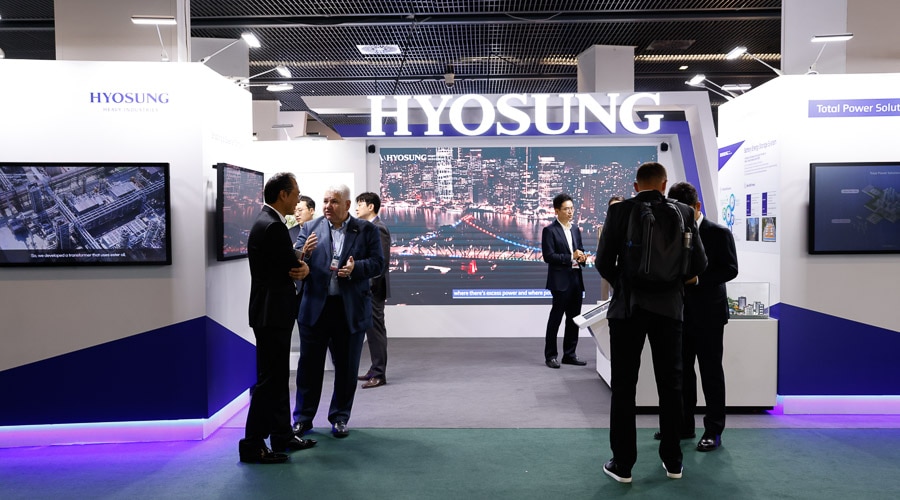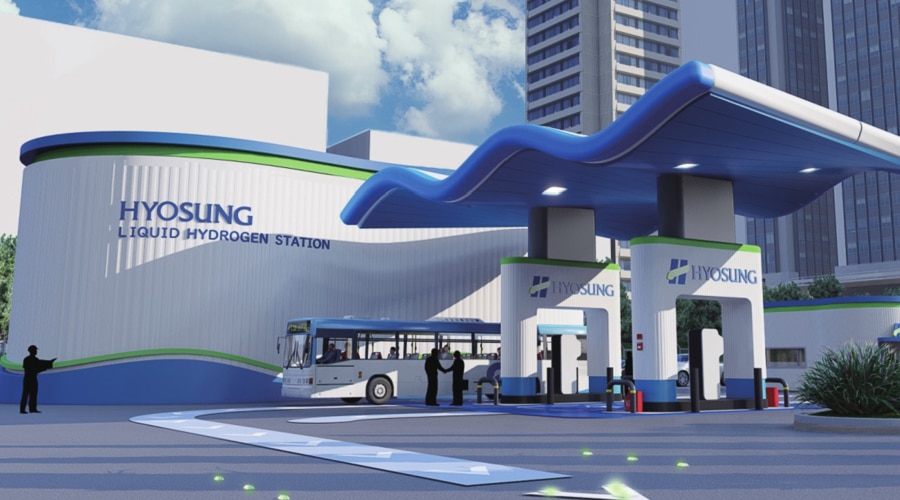Content content
In ancient Egypt, flax grown along the Nile was used to weave fabrics, while in China, silk was spun from silkworm cocoons. Then what about now? Today, HYOSUNG is pioneering the production of textiles from various recycled materials such as waste plastics, discarded fishing nets, and sugarcane. By utilizing sustainable materials and cutting-edge technology, HYOSUNG is leading the market in textile innovation. Let's explore the remarkable journey of HYOSUNG’s advancements in the textile industry.
From a Latecomer to Global Leader in Spandex in 20 Years
Established in 1966 under the name Dongyang Nylon to contribute to the development of the heavy chemical industry, the company, alongside Korea Nylon, pioneered the domestic textile industry with Nylon 6. Nylon brought significant profits, as it was used not only in bags and clothing but also in industrial materials.
In 1970, Dongyang Nylon expanded its business by merging with Hanil Nylon and, in 1973, co-founded Dongyang Polyester Co., Ltd. with Japan’s Asahi Kasei to develop polyester textiles that mimicked the feel and sheen of silk. Its merging with Dongyang Nylon later laid the foundation for its future ventures in the textile industry.
Spandex, known as the "semiconductor of textiles," was a high-value-added business that only a few advanced countries like the U.S. and Japan possessed the technology for. Recognizing the potential, HYOSUNG invested heavily in research and development to manufacture PTMG, a key raw material for spandex, and spandex fibers themselves. In 1992, HYOSUNG became the first in Korea and the fourth in the world to successfully develop spandex independently. By building spandex production bases in China, Vietnam, and Brazil, HYOSUNG reached the top of the global spandex market by 2010, just 20 years after its initial development.
Fostering Premium Brands to Lead the Textile Market
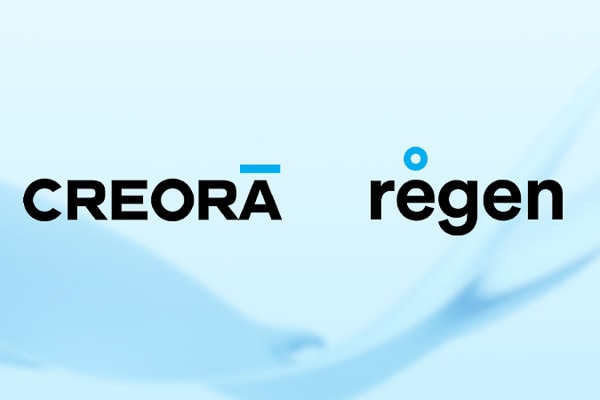
In 2023, Hyosung TNC revamped its premium brands, consolidating 65 brands under CREORA and regen. CREORA integrates functional fiber brands such as polyester and nylon to distinguish itself from competitors and strengthen its dominance in the premium market.
regen, established as a recycled fiber brand, not only utilizes materials like recycled PET bottles, discarded fishing nets, and sugarcane but also actively seeks new raw materials to reduce environmental impact. Through these efforts, regen aims to further solidify its position as a comprehensive sustainable fiber brand, and we look forward to its continued advancement in the future.
HYOSUNG’s Sustainable Fiber: regen
As environmental, social, and governance (ESG) factors become essential for business survival rather than optional choices, companies are increasingly focusing their management strategies on these values. HYOSUNG is no exception, having initiated the development of recycling materials in the mid-2000s, and created the eco-friendly fiber brand regen.
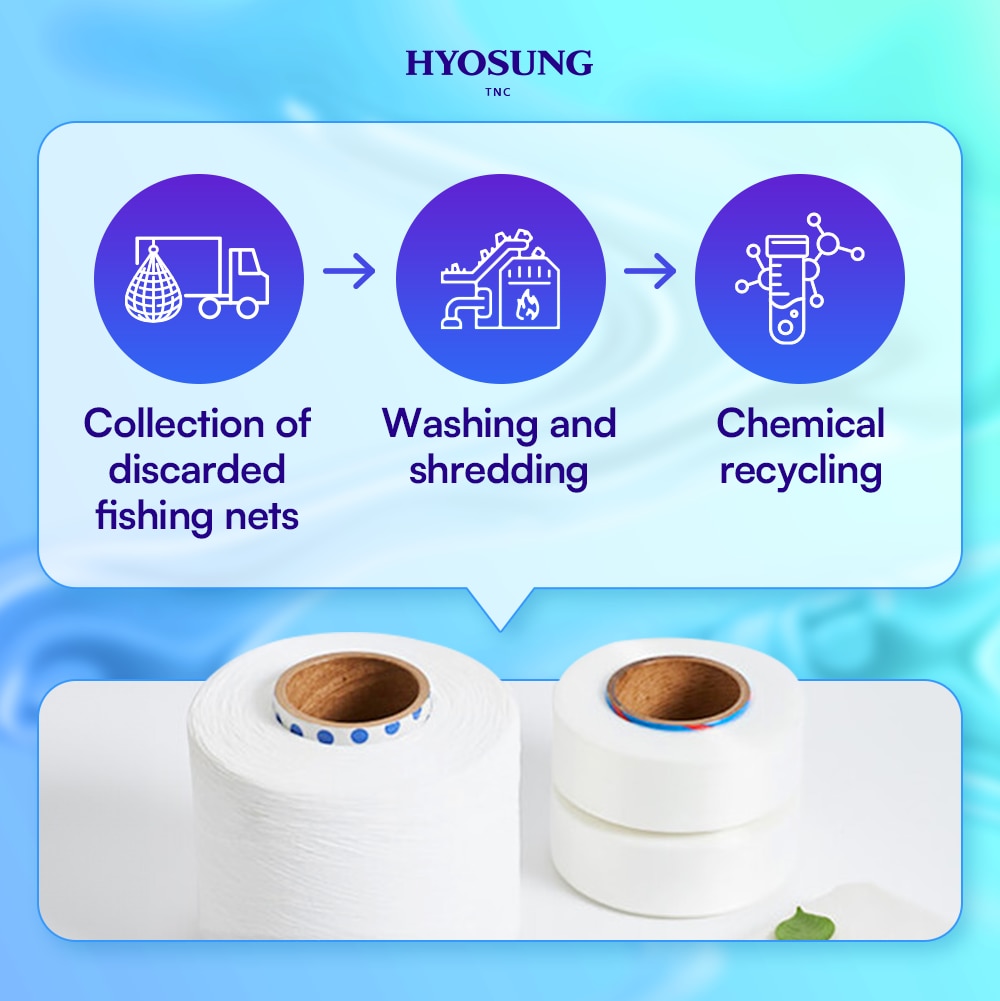
In 2007, HYOSUNG developed regen Ocean Nylon using discarded fishing nets and ropes. The process of recovering nylon raw materials from cleaned and purified waste fishing nets is complex but significantly reduces resource consumption and carbon dioxide emissions compared to conventional nylon. This innovation has been praised for addressing marine ecosystem pollution and introducing a new model of the circular economy.
By 2008, HYOSUNG expanded its efforts to develop regen Polyester. This material is derived from transparent PET bottles, which are used to produce fibers for clothing, sneakers, and bags. The development of regen Polyester resulted in a reduction of carbon dioxide emissions compared to traditional polyester.
HYOSUNG has also sought solutions in the production process. In 2019, the company introduced regen Spandex, which recycles spandex waste from conventional spandex production. By collecting and melting the byproducts to produce new fibers, this approach has successfully reduced carbon dioxide emissions compared to regular spandex.
HYOSUNG’s High-Performance Fiber: CREORA

As functionality in materials becomes increasingly important in the fashion industry, textiles with various functional properties are capturing consumer interest. In response, Hyosung TNC has transformed its existing spandex brand, CREORA, into an integrated brand that now includes functional nylon and polyester products. With its superior quality and innovative production technology, CREORA has made a significant impact on the global fashion and textile markets.
CREORA is composed of three main materials. First, CREORA Spandex offers high elasticity and excellent recovery, making it suitable for a wide range of applications from sportswear to everyday clothing. Among its offerings, CREORA Eco-Soft stands out with its soft touch and the ability to set at temperatures approximately 10-15°C lower than standard products, resulting in reduced energy costs. The increased speed of the Tenter during the drying stage in the heat-setting process improves productivity and prevents fabric yellowing, maintaining color and softness.
Known for its softness and comfort, CREORA Nylon also provides a luxurious fit and UV protection, making it ideal for underwear and outdoor apparel. CREORA Aqua-X features a special cross-section shape and unique mineral components that diffuse light to block UV rays. Additionally, its unique yarn cross-section and minerals minimize transparency in white and light-colored fabrics.
Lastly, lightweight yet highly absorbent and quick-drying CREORA Polyester is versatile for casual and sportswear. CREORA Askin, a semi-permanent cooling polyester developed by Hyosung TNC, provides about 10% more cooling effect than standard fibers. It is also UV-resistant, making it a popular choice for summer clothing.
Expanding Corporate Future Vision through the Bio Industry
regen BIO Spandex is made from renewable materials, aiming to reduce reliance on non-renewable petroleum-based resources. This innovation not only cuts down carbon emissions and water usage compared to conventional spandex but also maintains similar levels of elasticity and recovery, ensuring high-quality performance.
Hyosung TNC is also planning a significant investment of KRW 1 trillion to establish a plant in Vietnam by 2040, capable of producing 200,000 tons of bio BDO annually. BDO (Butanediol) is used to manufacture PTMG (Poly Tetramethylene Ether Glycol), a key ingredient in spandex production, typically derived from fossil fuels. Starting in 2026, Hyosung TNC will produce bio BDO from sugar extracted from sugarcane, greatly reducing carbon emissions. This investment aims to increase the sales of sustainable fibers, which currently account for 4% of the textile division’s revenue, to over 20% by 2030.
HYOSUNG continues to innovate, establishing itself as a leading player in the global textile market. Balancing environmental and efficiency considerations while producing high-performance products is no easy feat. The industry looks forward to what new materials and technologies HYOSUNG will introduce next.
